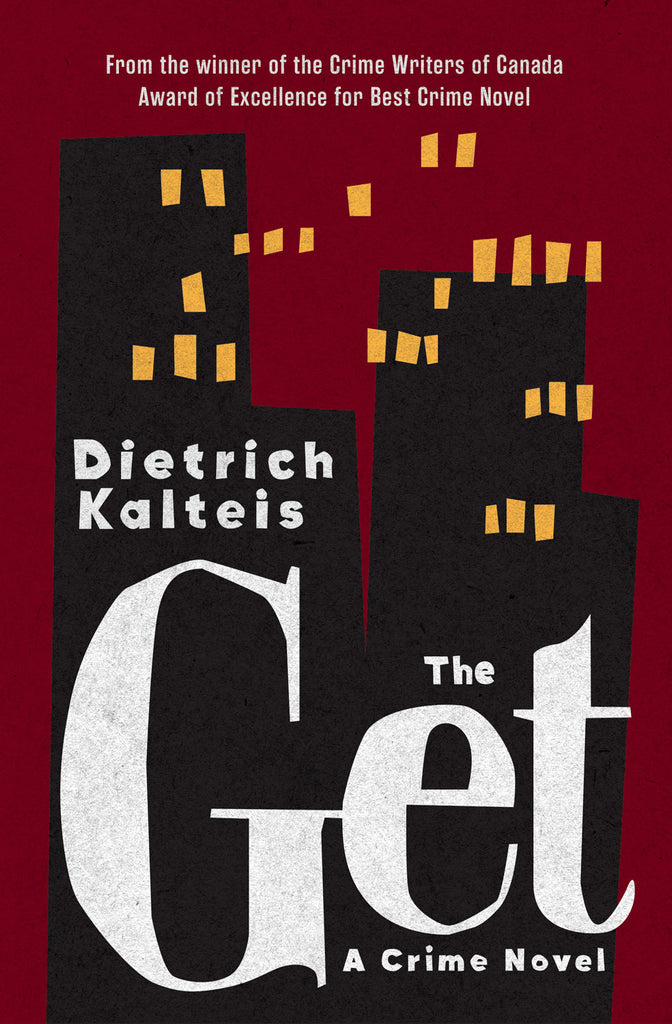Are there books you love so much that you find their tone creeping up in your work? Where is the line between homage and plagiarism?
by Dietrich
The first question had me considering a list of favorite authors and the fiction that I grew up with, books I’ve cherished over the years. And that’s likely where every writer starts out — by reading when they were kids. I think that’s what a great novel does — it entertains and stays with us, even years later. For writers, it also inspires us to find our own authentic tone, rhythm, and pace, and to set the bar just a little higher.
Consider that Ray Bradbury found inspiration reading Edgar Rice Burroughs, J.K. Rowlings found it in the pages of Jane Austen’s Emma, and Jane Austen enjoyed reading Lord Byron. Stephen King’s biggest influences included Mary Shelley and Bram Stoker.
For me, there’s something special in the works of Elmore Leonard, his economy of words and his tone. He named Ernest Hemingway and John Steinbeck among his biggest influences. Another favorite of mine was George V. Higgins — to me nobody wrote dialogue like that. And Charles Willeford had a way of putting humor with violence and making it all work, and James Crumley wrote the most amazing characters. Then there are Carl Hiaasen and Tim Dorsey who often have me laughing out loud as I read their zany stories.
“I always introduce my work by explaining that I am a bastard child of Raymond Chandler. Line by line by line, image by image, he always has hold of the reader.” — James Crumley
Arthur Laurents wrote the book West Side Story, adapted for the musical by Jerome Robbins, music by Leonard Bernstein, and lyrics by Stephen Sondheim. The story is a homage to Shakespeare, based on the outline of Romeo and Juliet.
Another way to pay homage is to write another author into the story as Joyce Carol Oates did in the story collection Wild Nights! in which she used the voices of five famous authors on their final days.
Robert B. Parker wrote forty Spenser novels in his lifetime, and Ace Atkins paid tribute to the author and the series by penning ten more after Parker’s death.
Coming up with a great story involves being inspired by other works, then drawing on one’s own creativity and from everything else around, then turning it into something original and special.
As for the second question: Where is the line between homage and plagiarism? Homage and plagiarism are simply worlds apart. One is about tribute and respect, the other is simply theft.


5 comments:
Elmore Leonard, Ernest Hemingway, John Steinbeck, Charles Willeford, and James Crumley! Blimey those are my pantheon. Yes, yes, and again yes. I haven't read George V. Higgins, but you can bet your ass I will.
Oh and I freakin' love the cover for The Get.
Thanks, Josh. And yes, check out Higgins, I think you'll love his books.
So right: There is a clear difference between homage and plagerism.
Thanks, Susan.
Post a Comment